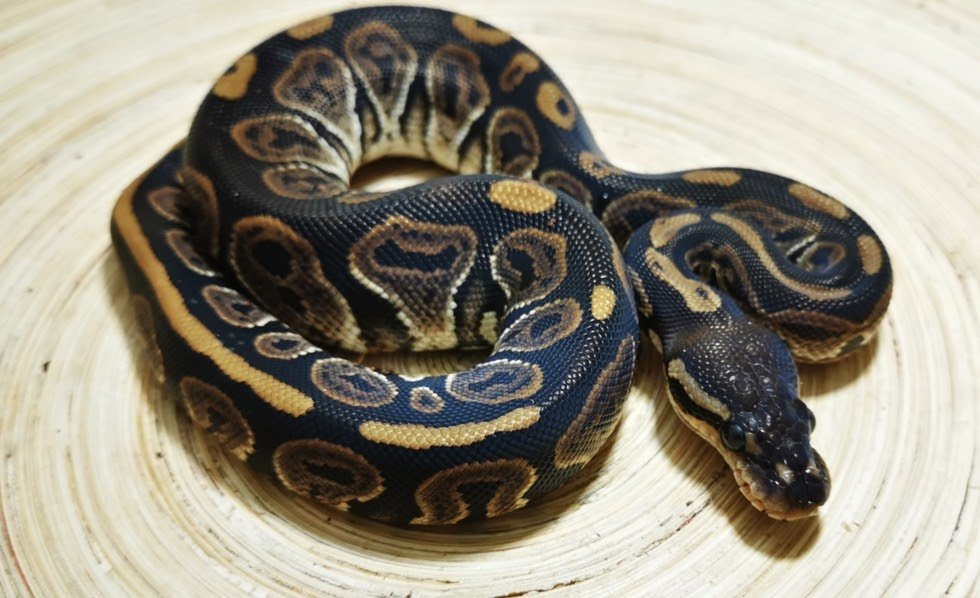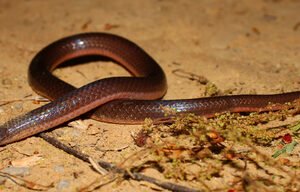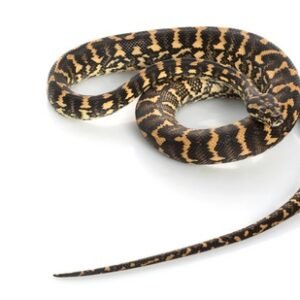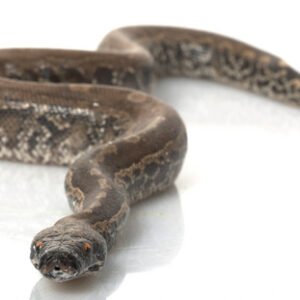Understanding the Black Pastel Morph
The black pastel ball python is a captivating morph distinguished by its unique coloration and patterning. This morph arises from a genetic mutation that affects the pigment and markings on the snake’s scales. Introduced to the reptile hobbyist community in the early 2000s, the black pastel quickly gained popularity among both novice and experienced keepers, primarily due to its striking appearance and the potential for breeding variations.
Genetically, the black pastel morph is classified as a co-dominant trait, which means that when bred, both the black pastel and standard ball pythons can produce offspring that showcase one or both morphs. This characteristic enhances the appeal of black pastel ball pythons, as they can produce an array of visually stunning hatchlings. Their coloration typically displays a rich, dark background with lighter, faded patterns, resulting in a beautiful contrast that many reptile enthusiasts find enchanting.
Notable breeders have played a pivotal role in the propagation and popularity of the black pastel morph. Some of these breeders have contributed significantly to the refinement of this morph, ensuring that it retains its desirable traits while also producing new variations. The black pastel ball python has become a staple in various breeding projects, as its unique genetic makeup allows for the creation of exciting new morph combinations, further expanding its appeal in the reptile community.
In addition to their aesthetic allure, black pastel ball pythons are known for their docile nature, making them suitable for both novice and experienced keepers. Their manageable size and temperament make them an ideal choice for any reptile enthusiast, further underscoring their status as a sought-after morph. Understanding the genetic background and the breeders behind the black pastel morph provides valuable insight into why this ball python variant continues to captivate keepers around the world.
Care and Maintenance of Black Pastel Ball Pythons
To ensure that black pastel ball pythons thrive in captivity, providing a suitable habitat is essential. These snakes require an enclosure that is at least 40 gallons in size for adults, with a minimum floor space of 3 feet in length and 1.5 feet in width. A secure terrarium with a sliding glass door or a lockable lid will also be beneficial to prevent escapes. The substrate used should be appropriate for their burrowing nature; options like aspen shavings, cypress mulch, or paper towels are ideal. Each substrate type provides distinct advantages ranging from moisture retention to ease of cleaning.
In terms of heating and lighting, black pastel ball pythons need a temperature gradient within their enclosure, allowing them to thermoregulate effectively. The warm side of the habitat should maintain a temperature around 88°F to 92°F, while the cooler side should be around 75°F to 80°F. Under-tank heating pads or heat lamps can help achieve these gradients, although it’s crucial to monitor temperatures with reliable thermometers. Additionally, a 12-hour light and dark cycle should be maintained to mimic their natural environment, although ultraviolet (UV) lighting is not necessary for their health.
Feeding is another critical aspect of their care. Black pastel ball pythons typically thrive on a diet of appropriately-sized rodents, such as mice or rats, with frequency varying based on age. Hatchlings should be fed every 5 to 7 days, while adults can have meals every 10 to 14 days. It is essential to offer prey items that are no larger than 1.5 times the widest part of the snake’s body. When it comes to handling, it is advisable to ensure that the snake is calm and familiar with its owner before introducing handling sessions. Breeding should be approached with careful planning, ensuring the health and compatibility of the breeding pair. Monitoring for potential health issues, such as respiratory infections or mites, will also contribute to the overall well-being of the black pastel ball python.





